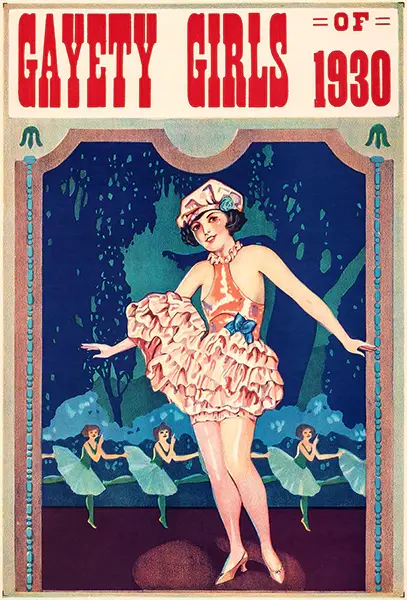VAUDEVILLE
A Farce with Music

Foundations and Origins
-
The term vaudeville, adopted in the United States from the Parisian boulevard theatre, is probably a corruption of vaux-de-vire, satirical songs in couplets, sung to popular airs in the 15th century in the Val-de-Vire (Vau-de-Vire), Normandy, France.
-
The arts form was originally a comedy without psychological or moral intentions, based on a comical situation: a dramatic composition or light poetry, interspersed with songs or ballets.
-
Consisted of 10 to 15 individual unrelated acts, featuring magicians, acrobats, comedians, trained animals, jugglers, singers, and dancers.
-
Vaudeville developed from many sources, also including the concert saloon, minstrelsy, freak shows, dime museums, and literary American burlesque.
-
Performed plays in pantomime with music and evolved into light musical drama, with spoken dialogue interspersed with songs, that was popular throughout Europe.
-
Vaudeville theaters’ affordability and accessibility allowed Americans of different ethnic and social backgrounds a chance to socialize in a way that was previously not allowed.
-
Palace Theatre was the home of the most well-known vaudeville house in the US from 1913 to 1932












